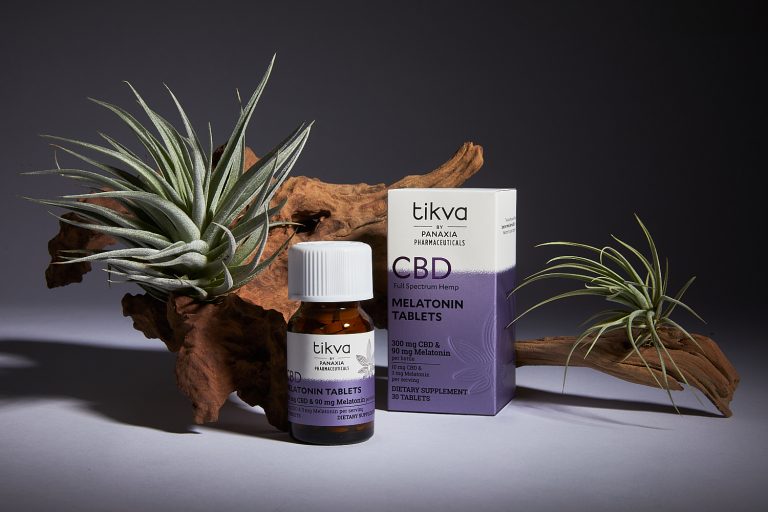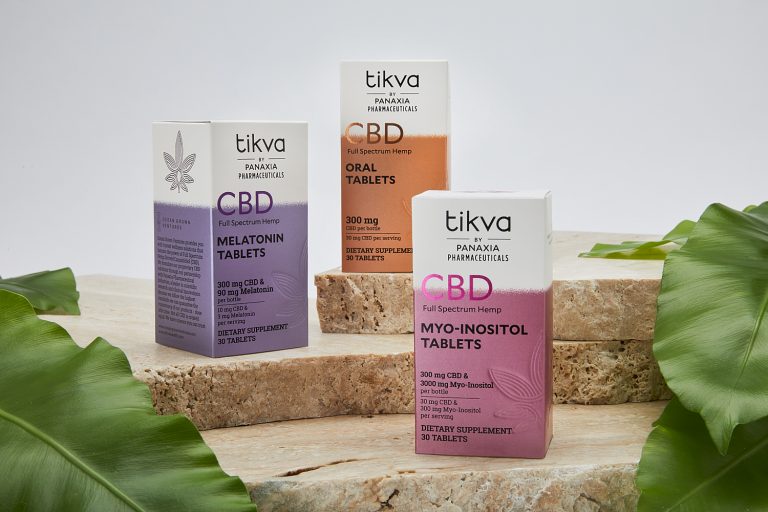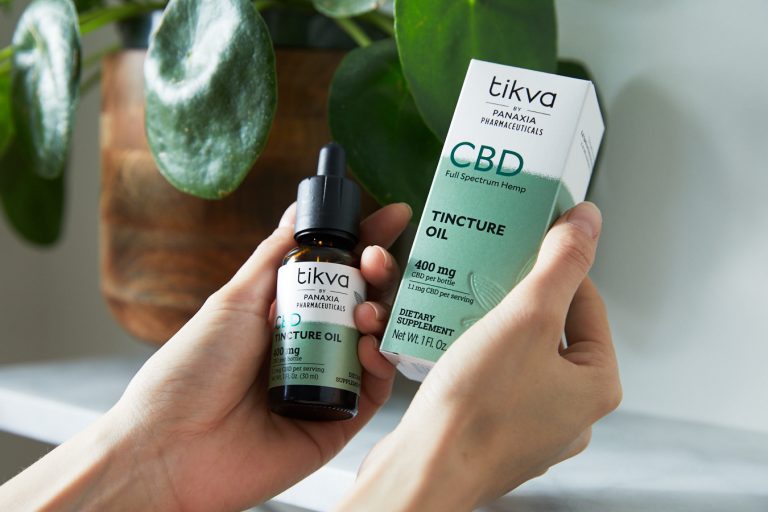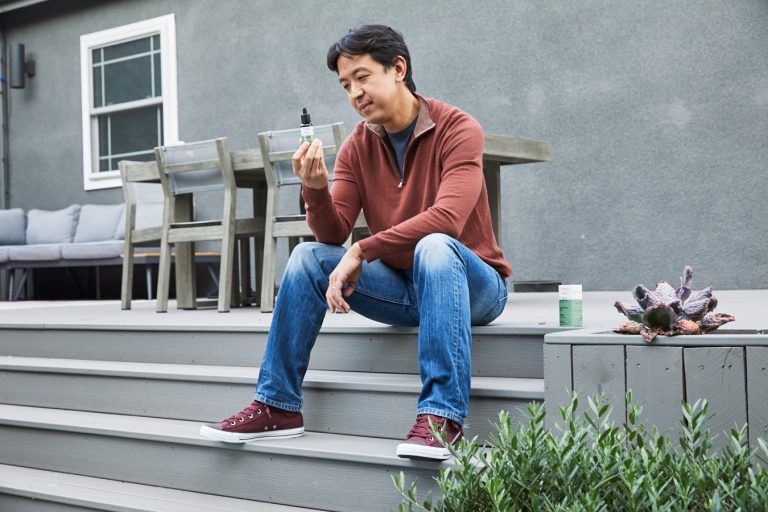Works Cited
Babson, K.A., Sottile, J., & Morabito, D. (2017). Cannabis, cannabinoids, and sleep: A review of the literature. Current Psychiatry Reports, 19(23). doi.org/10.1007/s11920-017-0775-9
Bergamaschi, M.M., Queiroz, R.H.C., Zuardi, A.W., Crippa, J.A.S. (2011). “Safety and Side Effects of Cannabidiol, a Cannabis Sativa Constituent.” Current Drug Safety. 6(4).
Breus, M.J. (2019). How CBD can improve your sleep, mood, and health. Psychology Today.
Centers for Disease Control and Prevention. (2016). “1 in 3 adults don’t get enough sleep: A good night’s sleep is critical for good health.”
Clarke, R., & Merlin, M. (2016). Cannabis domestication, breeding history, present-day genetic diversity, and future prospects.Critical Reviews in Plant Sciences, 35(5-6). 293-327. doi.org/10.1080/07352689.2016.1267498
DEA Administrative Law Hearing, DEA. (August 22, 2005).
De Petrocellis, L., Cascio, M.G., & Di Marzo, V. (2004). The endocannabinoid system: A general view and latest additions. British Journal of Pharmacology. 141(5), 765-774. doi.org/10.1038/sj.bjp.0705666
Di Marzo, V., Bifulco, M., & De Petrocellis, L. (2004). The endocannabinoid system and its therapeutic exploitation. Nature Reviews, 3, 771-784.
Di Marzo, V., Melck, D., Bisogno, T., & De Petrocellis, L. (1999). Endocannabinoids: Endogenous cannabinoid receptor ligands with neuromodulatory action. Trends in Neurosciences, 21, 521–528.
Fasinu, P.S., et al. (2016). “Current Status and Prospects for Cannabidiol Preparations as New Therapeutic Agents.” Pharmacotherapy. P.781-796.
FDA (2018).” Facts about the Current Good Manufacturing Practices (CGMPs)”. U.S. Food & Drug Administration.
Fine, M.D., P., & Rosenfield, M. (2013). “The Endocannabinoid System, Cannabinoids, and Pain.” Rambam Maimonides Medical Journal. 4(4); e0022
Flaccus, G. (2019). “Growers hope standards bring order to hemp industry ‘mess’”. AP News, June 15, 2019.
Gallily, R., Yekhtin, Z., & Hanuš, L. (2015). Overcoming the bell-shaped dose: Response of cannabidiol by using cannabis extract enriched in cannabidiol. Pharmacology & Pharmacy, 6, 75-85. doi.org/10.4236/pp.2015.62010
Grof, C. (2018). Cannabis, from plant to pill. British Journal of Clinical Pharmacology, 84(11), 2463–2467. doi.org/10.1111/bcp.13618
Harvard Medical School. (2017). Learn the risk of sleep aids. Harvard Health Letter.
Izzo, A., Borrelli, F., Capasso, R., Di Marzo, V., & Mechoulam, R. (2009). “Non-psychotropic plant cannabinoids: New therapeutic opportunities from an ancient herb.” Trends in Pharmacological Sciences.
Jung, Y. & St. Louis, E.K. (2016). “Treatment of REM Sleep Behavior Disorder.” Current Treatment Options Neurology. 18(50). DOI 10.1007/s11940-016-0433-2
Kumar Chattu, V., et. al. (2018). “Insufficient sleep syndrome: Is it time to classify it as a major noncommunicable disease?” Sleep Science, 11, pp 56-64. doi.org/10.5935/1984-0063.20180013
Levine, J. (1997, May). “Controlled trials of inositol in psychiatry.” Journal of the European College of Neuropsychopharmacology. 7(2):pp. 147-155.
Ligresti, A., Petrosino, S., & Di Marzo, V. (2009). From endocannabinoid profiling to ‘endocannabinoid therapeutics.’ Current Opinion in Chemical Biology, 13, 321-331. doi.org/10.1016/j.cbpa.2009.04.615
Maroon, J., & Bost, J. (2018). Review of the neurological benefits of phytocannabinoids.Surgical Neurology International, 9, 91. doi.org/10.4103/sni.sni_45_18
Martin-Santos, R., et al., (2012). “Acute effects of a single, oral dose of d9-tetrahydrocannabinol (THC) and cannabidiol (CBD) administration in healthy volunteers.” Current Pharmaceutical Design. 18(32). P.4966-4979.
McAllister S., Soroceanu, L., & Desprez, P. (2015). The antitumor activity of plant-derived non-psychoactive cannabinoids. Journal of Neuroimmune Pharmacology, 10(2): 255-267. doi.org/10.1007/s11481-015-9608-y
Meixner, M. (2018 August 15). “Inositol: Benefits, Side Effects and Dosage.” Healthline.
Mohan, C.P. (June 14, 2017). “Melatonin: What Is It and Can It Help You Sleep?” WebMD.
Moskowitz, M. (2017). Medical cannabis: A guide for patients, practitioners, and caregivers. Virginia Beach: Köehler Books.
Mudge, E., Murch, S., & Brown, P. (2018). Chemometric analysis of cannabinoids: Chemotaxonomy and domestication syndrome. Scientific Reports, 8, doi.org/10.1038/s41598-018-31120-2
Nagarkatti, P., Pandey. R, Rieder, S., Hegde, V., & Nagarkatti, M. (2009).
Cannabinoids as novel anti-inflammatory drugs. Future Medicinal Chemistry,
1(7), 1333-1349. doi.org/10.4155/fmc.09.93
Pacher, P., Bátkai, S. & Kunos, G. (2006). The endocannabinoid system as an emerging target of pharmacotherapy. Pharmacological Reviews, 58(3), 389-462. doi.org/10.1124/pr.58.3.2
Peri, C. (February 13, 2014). “10 Things to Hate About Sleep Loss.” WebMD.
Pertwee, R. (2006). Cannabinoid pharmacology: The first 66 years. British Journal of Pharmacology, 147, S163-S171. doi.org/10.1038/sj.bjp.0706406
Piccirillo, J.F. (2007). Melatonin. Progress in Brain Research. 166. pp 331-333. https://doi.org/10.1016/S0079-6123(07)66030-0
Reggio, P. (2010). Endocannabinoid binding to the cannabinoid receptors: What is known and what remains unknown. Current Medicinal Chemistry, 17(14): 1468-1486.www.ncbi.nlm.nih.gov/pmc/articles/PMC4120766
Rupp, T. L., Acebo, C., & Carskadon, M.A. (2007). “Evening Alcohol Suppresses Salivary Melatonin in Young Adults.” Chronobiology International. 24(3). pp 463-470. DOI: 10.1080/07420520701420675
Russo, E. (2011). Taming THC: Potential cannabis synergy and phytocannabinoid-terpenoid entourage effects. British Journal of Pharmacology, 163, 1344-1364. doi.org/10.1111/j.1476-5381.2011.01238.x
Sawler, J., Stout, J., Gardner, K., Hudson, D., Vidmar, J., Butler, L.,Page, J., & Myles, S. (2015). The genetic structure of marijuana and hemp. PloS One, 10(8). doi.org/10.1371/journal.pone.0133292
Shannon M.D., S., Lewis N.D, N., Lee PA-C, H., & Hughes PhD., S. (2019). “Cannabidiol in Anxiety and Sleep: A Large Case Series.” The Permanente Journal. (23) pp 18-41.
Todd, S., & Arnold, J. (2015). Neural correlates of interactions between cannabidiol and delta-9-tetrahydrocannabinol in mice: Implications for medical cannabis.British Journal of Pharmacology, 173:53-65. doi.org/10.1111/bph.13333






